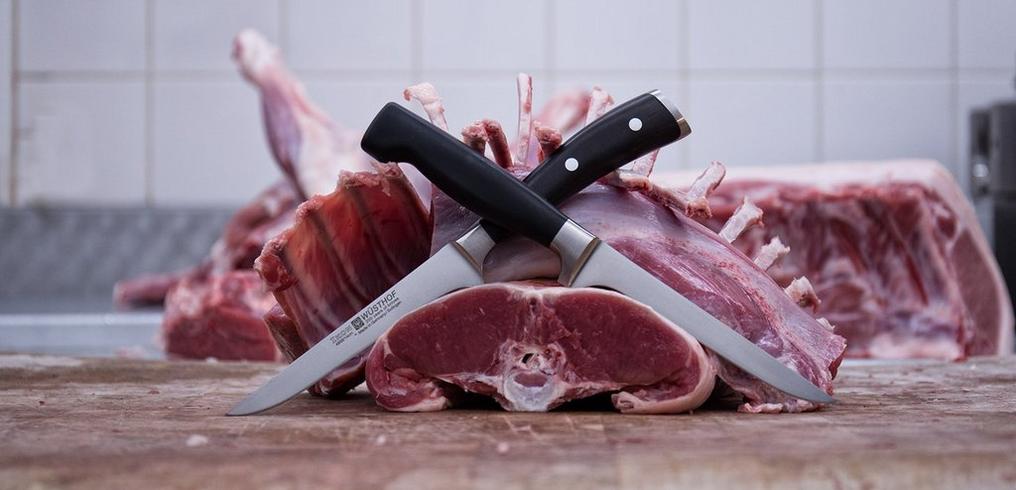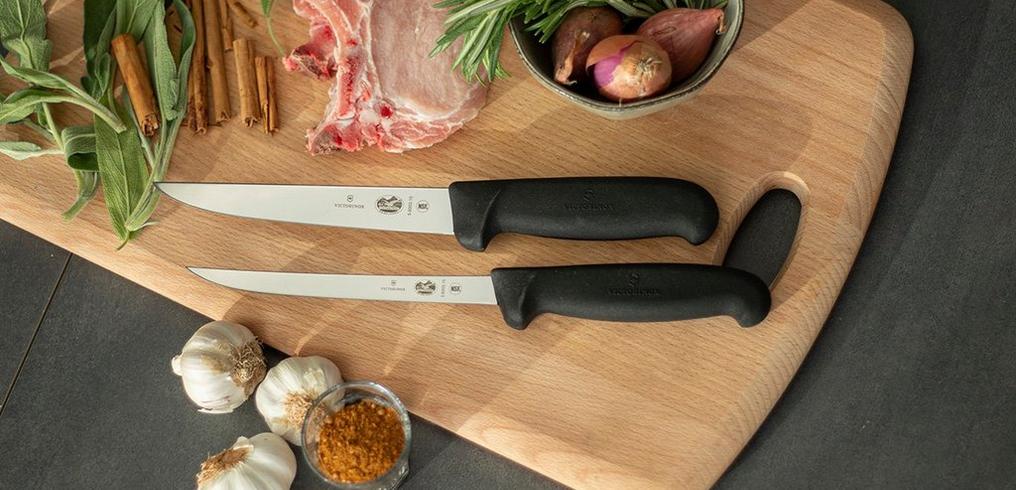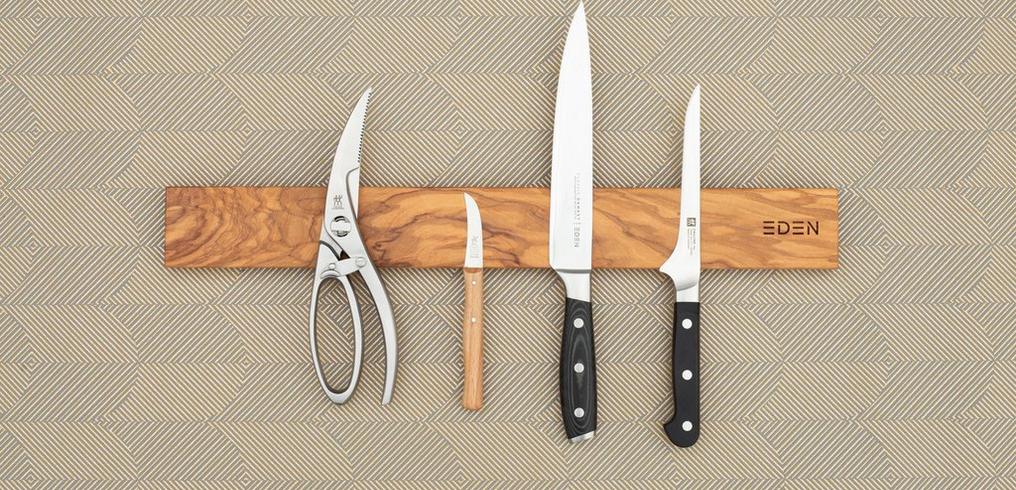
Boning knives: to remove bones from your meat
A boning knife may look a lot like a filleting knife, but there are differences. Boning knives are used to remove meat from bones. In addition, you can use this knife to remove tendons or fat. These knives have a sharp and strong blade.


































Features of boning knives: the blade
The blade of a boning knife has a length of 10 to 19.5 cm. The size you'll need depends on the kinds of meat you generally cook. These blades are very thin and flexible, allowing you to accurately remove the meat from the bones. The blade has a straight spine, smooth edge and a sharp tip.
How to choose the best boning knife
First consider what you'll want to use the knife for: do you want to cut through larger pieces of meat, or rather a smaller piece of meat with precision? For the former, you use a rigid blade, while accuracy requires a more flexible one.
A boning knife may look a lot like a filleting knife, however, there are some differences. For example, a filleting knife is more often used for delicate fish and a boning knife is more generally used for hard pieces of meat. That's why most boning knives are less flexible than filleting knives. The shape of the blade can also differ between filleting knives and boning knives. Most boning knives have a slightly curved blade.
More differences between a boning knife and a filleting knife
How to maintain your boning knife
It is important to always keep your boning knife sharp and well-maintained. This ensures that your boning knife can cut through large pieces of meat with ease. Always remember to wash the knife by hand after each use. Use a mild detergent and a soft sponge when cleaning. The knife should be completely dry before you store it.
We always recommend washing your kitchen knives by hand. Heat and harsh detergents in a dishwasher can damage your boning knife.
Sharpening a boning knife
Extend the lifespan of your boning knife by sharpening it regularly. How often you need to sharpen the knife depends on how often you use it. Do you use it sporadically or on a daily basis? As a general rule of thumb, recommend sharpening once every 3 to 6 months. Of course, the sharpness of your blade is the main indication on when to sharpen it. Is it getting harder to remove tendons and bones? Then the knife is probably in need of a sharpening.



